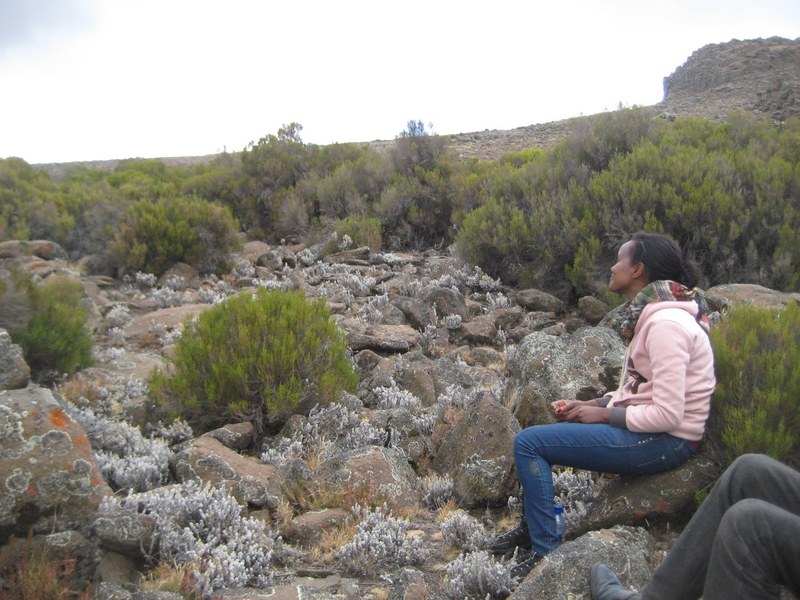Main Content
P2 - Anthrosols and Intensity of Human Occupation
PI: Bruno Glaser, Wolfgang Zech | Tamrat Bekele, Sileshi Nemomissa Duguma, Itanna Fisseha
PhD-Students: Betelhem Mekonnen, Tobias Bromm
Overview
Anthrosols is the typical soil type of the Anthropocene and the human environment (Bork 2006). In the Bale Mountains, Anthrosols are mostly confined below rock cliffs providing shelter against the trade winds. Using numeric dating (14C, OSL), Anthrosols are suitable archives to reconstruct the chronology of human occupation. The Intensity of Human Occupation in space and time will be reconstructed by means of molecular markers with special reference to pyrogenic carbon, using benzenepolycarboxylic acids as a fire tracer (Glaser et al. 1998), stanols and bile acids to detect human and animal excrements, and alkaline CuO oxidation of lignin to differentiate grasses from woody plants and cutin/suberin analysis (Otto and Simpson 2007).
Achievements
1. Sanetti Plateau sites without Erica are free of charcoal and have low black carbon contents. Therefore, they are most likely not burnt. Erica occurs preferentially at sites with boulders (Fig. 1).
2. Erica vegetation at the Sanetti Plateau could be successfully identified using the phenol pattern (Fig. 2).
3. Unambiguous proof of human use of a Middle Stone Age residential site (Fig. 4).


Figure 1 & 2: Erica vegetation at sites with boulders on the Sanetti Plateau, Ethiopia


Figure 3 & 4: Human influenced landscape on the plateau with rockshelters in the background; Rockshelter site
Publications
Mekonnen B, Glaser B, Zech M, Addis A, Nemomissa S, Bekele T, Zech W (2018) Late Glacial and Holocene landscape history of the Sanetti Plateau, Bale Mountains (Ethiopia) as deduced from biogeochemical proxies of lacustrine sediments. Poster presented at the conference of the German Association of Stable Isotope Research, Munich.







